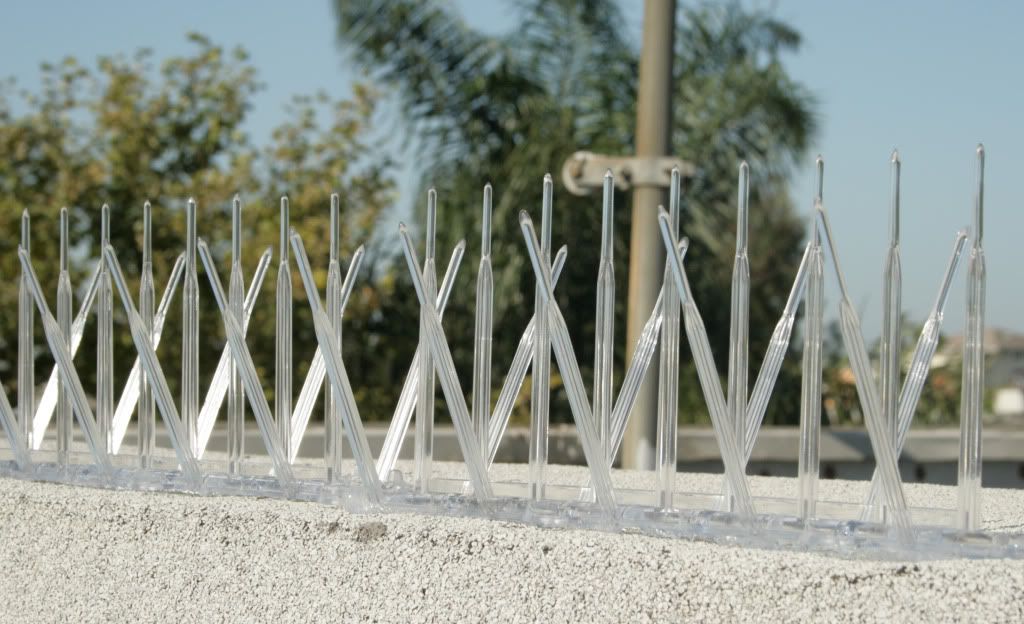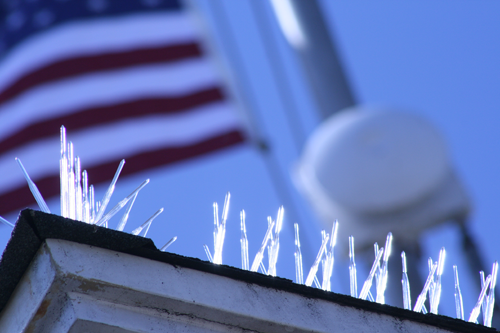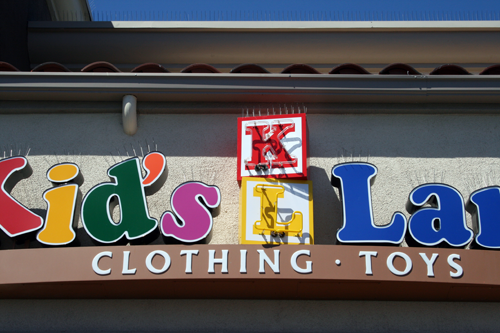
Dumfries, a market town in Scotland, is being besieged by seagulls. At least two-dozen people have been attacked or had their lunches taken or “sampled.” Shoppers on High Street have been warned to watch out for the dive-bombing gulls. The large birds circle outside, just waiting for customers to walk out of shops. The birds have gotten so bold that they routinely swoop into shops to steal rolls from display baskets. Customers have been forced to literally conceal their food and not eat it in open view. At least four seagull attacks occur daily with the brazen birds “relieving” customers of their steak bakes or sausage rolls.
Gulls hovering around seaside eateries have always been a problem, regardless of their geographic latitude. Before they can harass customers in any commercial venue, gulls need a place to perch and observe. Effective bird controls can deny them that perch and force them to move on. One of the best anti-perching, anti-roosting bird deterrents currently available is the Stainless Steel Bird Spike.
Bird Control Starts with a No-Landing Zone
Stainless Steel Bird Spikes will not permit large birds—like seagulls—to land on or near them. The spiked strips prevent birds from gathering on ledges, rooflines, parapet walls, eaves, I-beams, windowsills, signs, light posts, awnings and canopies. Blunted at the tips, the spikes won’t harm birds, pets or people, and they have been approved by a number of humane groups—including the U.S. Humane Society.
A Bird Deterrent that Prevents Many Problems
When large birds perch and roost, they not only discourage customers, but can creates all sorts of maintenance, cleanup and repair problems for property owners. Bird droppings can quickly deface and permanently mar signs, canopies, umbrellas, windows and doors. Birds also pose a health hazard, a real problem for any establishment that sells or serves food. Bird droppings can carry any of 60 known diseases, including salmonella. Bird nesting debris can block vents, and prevent AC units from functioning properly. It can also create the kindling that can cause electrical fires. Stainless Steel Bird Spikes can prevent these and other bird-related problems.
Easy to Choose, Easy To Install
The Stainless Steel Spiked Strips come in two-foot sections, providing up to 40 spikes per foot in a linear array. You can also choose the spike width that fits your bird problem area—3-, 5- and 8-inch sizes are available. Each spiked strip is just 1.5 inches wide, so installing it on narrow surfaces is easy. A built-in glue tough and pre-drilled mounting holes further simplify installation. The spike’s flexible base bends a full 360 degrees, allowing the spiked strip to follow the curved surfaces of lampposts, signs and other architectural features. The virtually invisible spikes feature a patented “bend and crush” design to ensure they stay secured in the base.
Stainless Steel bird spikes are embedded in unbreakable UV-protected polycarbonate base to last for years. Each is manufactured in the USA and comes with a 10-year guarantee.


